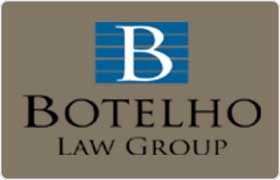Fiskeville Bankruptcy & Debt Lawyer, Rhode Island
Sponsored Law Firm
-
 x
x

Click For More Info:
-
Botelho Law Group
901 Eastern Ave Suite 2 Fall River, MA 02723» view mapBankruptcy & Debt Law Fall River Lawyers
At the Botelho Law Group we have several attorneys, with different specializations; to help your case’s individual needs.
800-229-5331
FREE CONSULTATION
CONTACTKeri Hague Beck
Business Organization, Commercial Real Estate, Credit & Debt, Estate Planning
Status: In Good Standing
FREE CONSULTATION
CONTACTDanielle A. Britto
Estate Planning, Workers' Compensation, Bankruptcy, Personal Injury
Status: In Good Standing
Brian D. Fogarty
Accident & Injury, Bankruptcy & Debt, Divorce & Family Law, Employment, Estate
Status: In Good Standing
 Joseph Botelho Fall River, MA
Joseph Botelho Fall River, MA
